B&O gramophone and record player without RIAA amplifier
Neo Radio has a built-in RIAA amplifier, which is necessary for most B&O gramophones or record players to play records for the system.
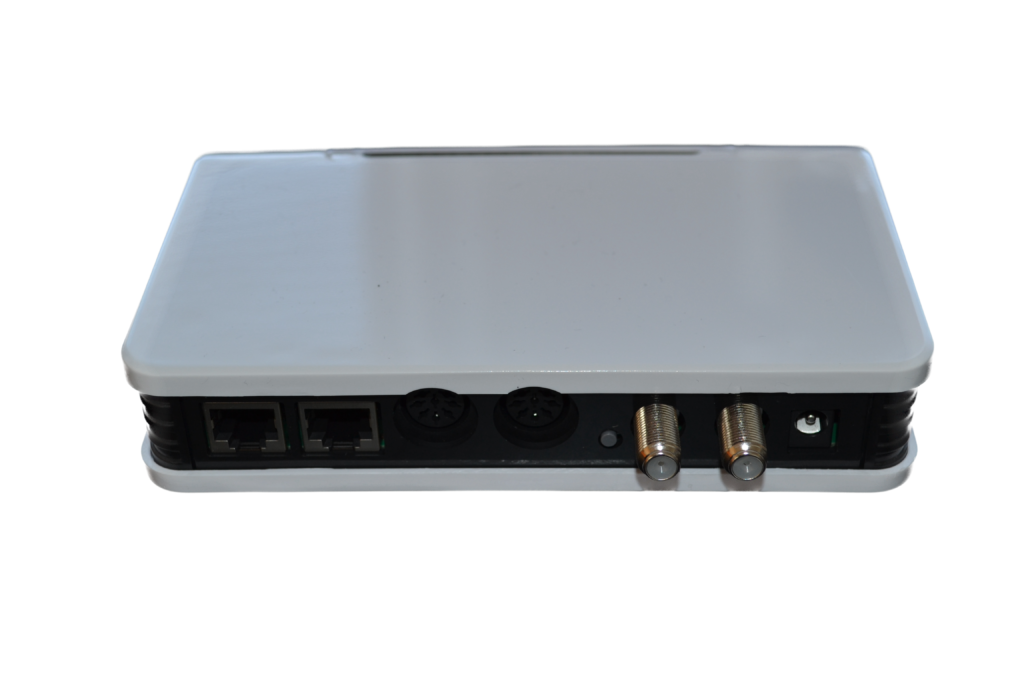
What is an RIAA amplifier
An RIAA amplifier is actually a small pre-amplifier which amplifies the signals from the pick-up on a gramophone or record player. The sound can thus be played through the Beomaster or Beosound system to the speaker.
Quite a few of the B&O turntables do not have a built-in RIAA amplifier. They cannot therefore be connected Neo Radio, but must be connected directly to Beomaster or Beosound.
Below you can see the list of turntables with and without RIAA amplifier. We have tried to make the list complete. If there are any gramophones missing or there are errors in the list, please let us know.
Turntable without RIAA amplifier - need Neo Radio
| Picture | Year | Beoworld | Beocentral | BeoZone | B&O | |
|---|---|---|---|---|---|---|
| Beogram 1000V |
 |
1966-72 | Click | |||
| Beogram 1001 |
 |
1973-74 | Click | |||
| Beogram 1100 |
 |
1976-77 | Click | Click | ||
| Beogram 1102 |
 |
1978 | Click | Click | ||
| Beogram 1200 |
 |
1969-72 | Click | Click | ||
| Beogram 1201 |
 |
1973 | Click | |||
| Beogram 1202 |
 |
1974-75 | Click | Click | Click | |
| Beogram 1203 |
 |
1974-76 | Click | Click | Click | |
| Beogram 1204 | 1976 | |||||
| Beogram 1500 |
 |
1968-74 | Click | Click | Click | |
| Beogram 1700 |
 |
1979-82 | Click | Click | Click | |
| Beogram 1800 |
 |
1971-73 | Click | Click | ||
| Beogram 1800 VF |
 |
1968-69 | Click | Click | ||
| Beogram 1900 | 1976 | Click | Click | |||
| Beogram 1902 |
 |
1977-78 | Click | Click | Click | |
| Beogram 2000 |
 |
1975-77 | Click | |||
| Beogram 2000 RD |
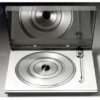 |
1983-87 | Click | Click | Click | |
| Beogram 2200 |
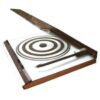 |
1979-80 | Click | Click | Click | |
| Beogram 2202 |
 |
1981 | Click | Click | Click | Click |
| Beogram 2400 |
 |
1979-80 | Click | Click | Click | |
| Beogram 2402 |
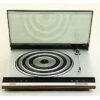 |
1981 | Click | Click | Click | Click |
| Beogram 2404 |
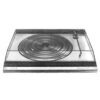 |
1980-83 | Click | Click | ||
| Beogram 3000 |
 |
1967-68 | Click | Click | ||
| Beogram 3000 |
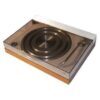 |
1972-75 | Click | Click | Click | |
| Beogram 3000 |
 |
1985-87 | Click | Click | Click | |
| Beogram 3300 |
 |
1987-90 | Click | Click | Click | |
| Beogram 3400 |
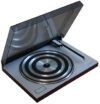 |
1975-77 | Click | Click | Click | |
| Beogram 3404 |
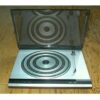 |
1980-82 | Click | Click | Click | |
| Beogram 4000 |
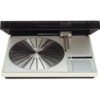 |
1974-75 | Click | Click | Click | Click |
| Beogram 4001 |
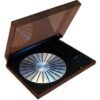 |
1977-80 | Click | Click | ||
| Beogram 4002 |
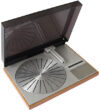 |
1975-79 | Click | Click | Click | |
| Beogram 4004 |
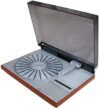 |
1978-80 | Click | Click | Click | |
| Beogram 5000 |
 |
1983-86 | Click | Click | Click | |
| Beogram 5005 |
 |
1985-87 | Click | Click | Click | |
| Beogram 5500 |
 |
1987-89 | Click | Click | Click | Click |
| Beogram 6002 |
 |
1983-86 | Click | Click | Click | |
| Beogram 6006 |
 |
1981-82 | Click | Click | Click | |
| Beogram 8000 |
 |
1981-82 | Click | Click | Click | |
| Beogram 8002 |
 |
1982-87 | Click | Click | Click | |
| Beogram 8500 |
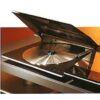 |
1990-93 | Click | Click | Click | |
| Beogram 9000 |
 |
1988-90 | Click | Click | Click | |
| Beogram 9500 |
 |
1989-93 | Click | Click | Click | |
| Beogram RX |
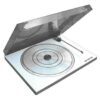 |
1983-86 | Click | Click | Click | |
| Beogram RX2 |
 |
1985-91 | Click | Click | Click | |
| Beogram TX |
 |
1983-85 | Click | Click | Click | Click |
| Beogram TX2 |
 |
1985-91 | Click | Click | Click |
Record player with RIAA amplifier - cannot be used with Neo Radio
| Model | Picture | Year | Beoworld | Beocentral | BeoZone | B&O |
|---|---|---|---|---|---|---|
| Beogram 1000VF |
 |
1965-73 | ||||
| Beogram 1200 with GF3 |
 |
1968-73 | ||||
| Beogram 3000 with GF4 |
 |
1968 | ||||
| Beogram 3400 Quad |
 |
1975-77 | ||||
| Beogram 3500 |
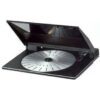 |
1990-93 | Click | Click | Click | |
| Beogram 4500 |
 |
1988-91 | Click | Click | Click | |
| Beogram 6000 |
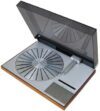 |
1974-78 | Click | Click | Click | |
| Beogram 6500 |
 |
1989-91 | Click | Click | Click | |
| Beogram 7000 |
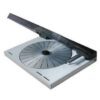 |
1992-96 | Click | Click | Click |
How an RIAA amplifier works
Back in 1954, the RIAA – Recording Industry Association of America – standard was agreed upon, which replaced many years of chaos in standards.
Everyone who developed gramophones made their own standard.
The RIAA standard - or rather the RIAA curve - aims to make recording gramophone records easier and simpler. The RIAA curve is a frequency band that goes from 20 Hz to 20 KHz, where the signal is attenuated 20 db at 20 Hz and amplified 20 dB at 20 KHz. The playback curve is exactly the opposite, so you achieve an even frequency response.
If the signal at 20 Hz was not attenuated by 20 dB, then the needle would have to move extremely much on a low-frequency signal during playback. It would not be physically possible and take up more space on the vinyl record. The signal is therefore amplified, as described above, in the subsequent RIAA amplifier.
Of course, everyone tries to make a perfect RIAA amplifier with the lowest possible noise, but it is not typical in the RIAA amplifier that noise nuisance occurs. The noise comes from the rumble when the vinyl record spins and when the crackle from dust and dirt in the record grooves is a natural part of a record player.
Neo Radio has a built-in RIAA amplifier, which is adapted to a B&O gramophone or record player. Bang & Olufsen has made gramophones with and without RIAA amplifier - there are, however, most models without RIAA.
The RIAA amplifier i Neo Radio has a quality that matches the best RIAA amplifiers in Bang & Olufsen products. How can we say this? It is because Neomesteren consists of people who were part of the development department at B&O in the days when the RIAA amplifiers were being developed, so Neo Radio is made by the best B&O development people.

